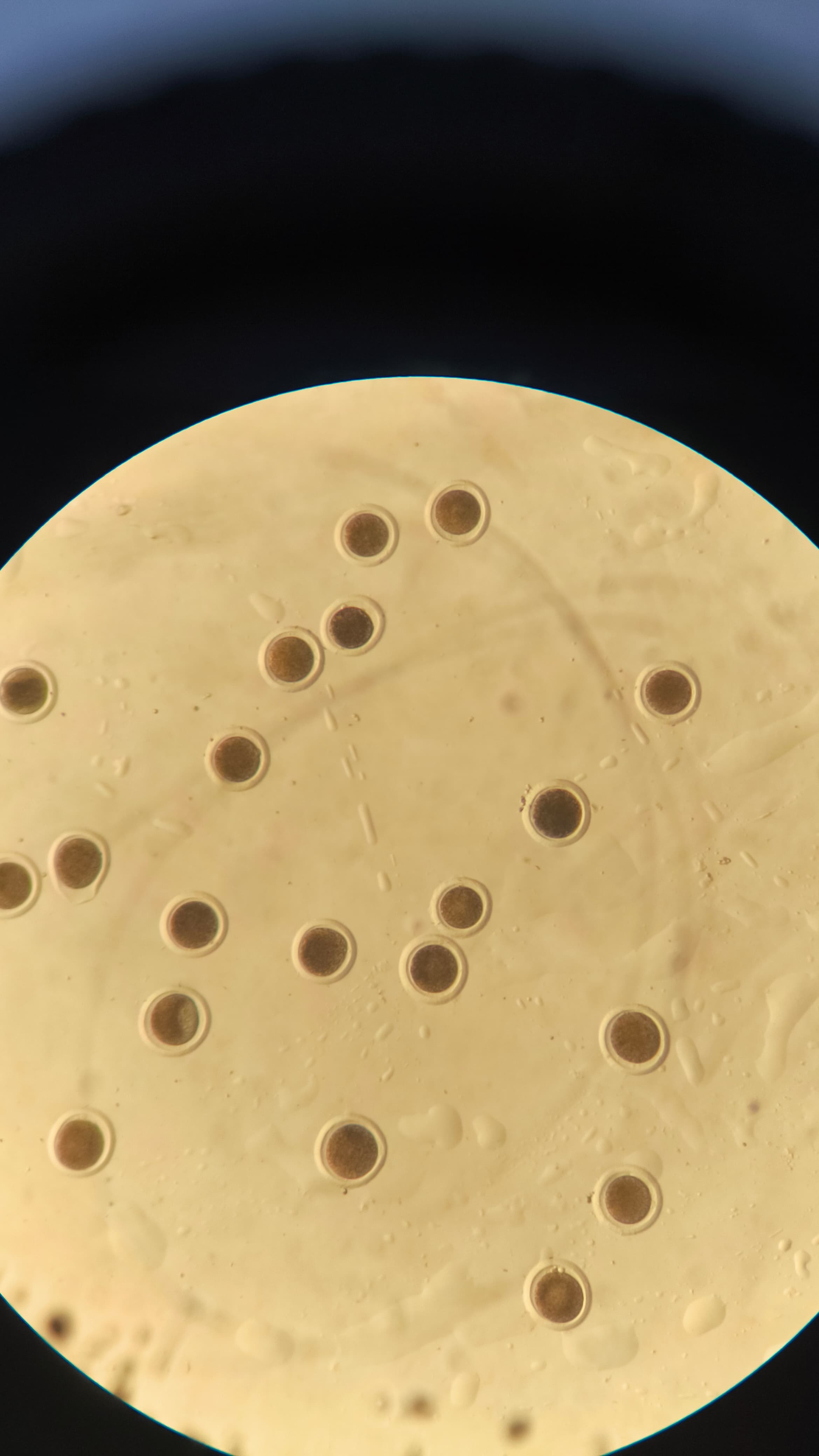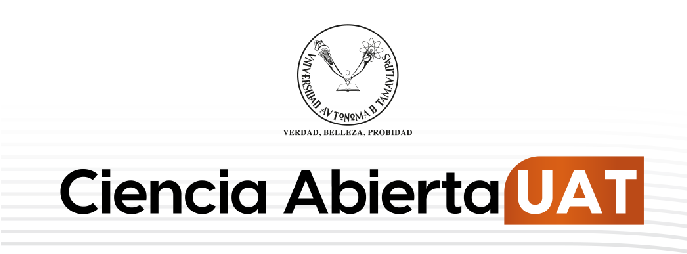Embryo Transfer in beef cattle: Reproductive efficiency and economic assessment in productive systems under dry tropical conditions
DOI:
https://doi.org/10.29059/cvpa.v3i1.36Keywords:
Embryo transfer cost, pregnancy rates, multiparous cows, nulliparous cowsAbstract
Bovine embryo transfer (ET) has shown limitations and challenges in achieving success, especially when it comes to achieving pregnancy after ET, since this impacts reproductive, productive, and even economic indicators. The objective of this study was to determine the factors associated with pregnancy rates among nulliparous and multiparous bovine females as well as economic estimation of ET services in beef production systems under dry tropical conditions. We analyzed the ET records of 221 females, classified as nulliparous (n = 145) and multiparous cows (n = 76), crossbred Bos taurus and Bos indicus, maintained in an extensive system. The pregnancy rates between multiparous (33%) and nulliparous (30%) were no different (p > 0.05). However, nulliparous females needed up to three ET services to achieve the same pregnancy rate as multiparous females (OR = 2.31; 95% CI 1.28- 4.16; p = 0.005). The economic assessment showed a loss of up to 74% in pregnancies treated with one service and 67% in pregnancies treated with three services. The stage of the transferred embryo had an effect on pregnancy rates (OR = 1.92; 95% CI 1.21-3.05; p = 0.006), whereas body condition, size, and position of the corpus luteum showed no effect (p > 0.05) on pregnancy rates. Nulliparous females required up to three TE services to achieve the same pregnancy rates as multiparous females. Therefore, the greatest economic loss was observed when up to three TE services were performed, and the embryo stage was the only predictive factor influencing pregnancy in females.
References
Erdem, H., Karasahin, T., Alkan, H., Dursun, S., Satilmis, F., & Guler, M. (2020). Effect of embryo quality and developmental stages on pregnancy rate during fresh embryo transfer in beef heifers. Tropical Animal Health and Production, 52(5), 2541-2547. https://doi.org/10.1007/s11250-020-02287-6 DOI: https://doi.org/10.1007/s11250-020-02287-6
Fernández-Novo, A., Pérez-Garnelo, S. S., Villagrá, A., Pérez-Villalobos, N., & Astiz, S. (2020). The effect of stress on reproduction and reproductive technologies in beef cattle-A review. Animals, 10(11), 2096. https://doi.org/10.3390/ani10112096 DOI: https://doi.org/10.3390/ani10112096
Ferraz, P. A., Burnley, C., Karanja, J., Viera-Neto, A., Santos, J. E. P., Chebel, R. C., & Galvão, K. N. (2016). Factors affecting the success of a large embryo transfer program in Holstein cattle in a commercial herd in the southeast region of the United States. Theriogenology, 86(7), 1834-1841. https://doi.org/10.1016/j.theriogenology.2016.05.032 DOI: https://doi.org/10.1016/j.theriogenology.2016.05.032
García, E. C., Mendoza Medel, G., Pineda Burgos, B., Romero, P., Hernández Ruiz, P. E., Vicente Pérez, R., Valencia Franco, E., & Ponce, J. L. (2019). Parity does not affect the reproductive response of Suizo Americano cows submitted to embryo transference in tropical areas of Guerrero. Cuban Journal of Agricultural Science, 53(2). https://www.cjascience.com/index.php/CJAS/article/view/887
Gonella-Diaza, A. M., Holguín, G., Montaña, D., & Valbuena, D. (2013). Corpus luteum diameter and embryo developmental stage are associated with pregnancy rate: data analysis from 17,521 embryo transfers from a commercial in vitro bovine embryo production program. Animal Reproduction, 10(2), 106-111.
Hansen, P. J. (2020). The incompletely fulfilled promise of embryo transfer in cattle-Why aren’t pregnancy rates greater and what can we do about it? Journal of Animal Science, 98(11), skaa305. https://doi.org/10.1093/jas/skaa288 DOI: https://doi.org/10.1093/jas/skaa288
Instituto Nacional de Estadística y Geografía (INEGI). (2017). Anuario estadístico y geográfico de Tamaulipas 2017. INEGI. https://www.inegi.org.mx/app/biblioteca/ficha.html?upc=702825094928
Lammoglia-Villagómez, M. Á., Martínez-De la Cruz, C., Sánchez-Montes, D. S., Avalos-Rosario, I. I., & Chagoya-Fuentes, J. L. (2023). Desempeño reproductivo de hembras bovinas utilizadas únicamente como receptoras en un programa de transferencia de embriones en el trópico cálido-subhúmedo. Revista Biológico Agropecuaria Tuxpan, 11(2), 59-68. https://doi.org/10.47808/revistabioagro.v11i2.489 DOI: https://doi.org/10.47808/revistabioagro.v11i2.489
Looney, C. R., Nelson, J. S., Schneider, H. J., & Forrest, D. W. (2006). Improving fertility in beef cow recipients. Theriogenology, 65(1), 201-209. https://doi.org/10.1016/j.theriogenology.2005.09.023 DOI: https://doi.org/10.1016/j.theriogenology.2005.09.023
Mebratu, B., Fesseha, H., & Goa, E. (2020). Embryo transfer in cattle production and its principle and applications. International Journal of Pharmacy & Biomedical Research, 7(1), 40-54. DOI: https://doi.org/10.18782/2394-3726.1083
Pérez-Mora, A., Segura-Correa, J. C., & Peralta-Torres, J. A. (2020). Factors associated with pregnancy rate in fixed-time embryo transfer in cattle under humid-tropical conditions of México. Animal Reproduction, 17(2), e20200007. https://doi.org/10.1590/1984-3143-AR2020-0007 DOI: https://doi.org/10.1590/1984-3143-ar2020-0007
Roper, D. A., Schrick, F. N., Edwards, J. L., Hopkins, F. M., Prado, T. M., Wilkerson, J. B., & Smith, W. B. (2018). Factors in cattle affecting embryo transfer pregnancies in recipient animals. Animal Reproduction Science, 199, 79-83. https://doi.org/10.1016/j.anireprosci.2018.10.012 DOI: https://doi.org/10.1016/j.anireprosci.2018.11.001
Rosete Fernández, J. V., Álvarez Gallardo, H., Urbán-Duarte, D., Fragoso Islas, A., Asprón Pelayo, M. A., Ríos Utrera, Á., Pérez Reynozo, S., & de la Torre Sánchez, J. F. D. L. (2021). Biotecnologías reproductivas en el ganado bovino: cinco décadas de investigación en México. Revista Mexicana de Ciencias Pecuarias, 12(1), 39-78. https://doi.org/10.22319/rmcp.v12s3.5918 DOI: https://doi.org/10.22319/rmcp.v12s3.5918
Sánchez, Z., Lammoglia, M. A., Alarcón, M. A., Romero, J. J., & Galina, C. S. (2015). Is the production of embryos in small‐scale farming an economically feasible enterprise? Reproduction in Domestic Animals, 50(4), 574-579. https://doi.org/10.1111/rda.12526 DOI: https://doi.org/10.1111/rda.12526
Siqueira, L. G., Torres, C. A., Souza, E. D., Monteiro, P. L., Jr, Arashiro, E. K., Camargo, L. S., Fernandes, C. A., & Viana, J. H. (2009). Pregnancy rates and corpus luteum-related factors affecting pregnancy establishment in bovine recipients synchronized for fixed-time embryo transfer. Theriogenology, 72(7), 949-958. https://doi.org/10.1016/j.theriogenology.2009.06.013 DOI: https://doi.org/10.1016/j.theriogenology.2009.06.013
Spell, A. R., Beal, W. E., Corah, L. R., & Lamb, G. C. (2001). Evaluating recipient and embryo factors that affect pregnancy rates of embryo transfer in beef cattle. Theriogenology, 56(2), 287-297. https://doi.org/10.1016/s0093-691x(01)00563-5 DOI: https://doi.org/10.1016/S0093-691X(01)00563-5
Torres-Aburto, V. F., Domínguez-Mancera, B., Vázquez-Luna, D., & Ortiz, V. E. E. (2020). Costo del intervalo interparto en la producción bovina tropical del sureste de México. Agro Productividad, 13(7), 45-51. https://doi.org/10.32854/agrop.vi.1651 DOI: https://doi.org/10.32854/agrop.vi.1651
Wolfenson, D., & Roth, Z. (2019). Impact of heat stress on cow reproduction and fertility. Animal Frontiers, 9(1), 32-38. https://doi.org/10.1093/af/vfy027 DOI: https://doi.org/10.1093/af/vfy027
Zavaleta-Martínez, A., Barrientos-Morales, M., Medina, V. A., Rodríguez-Andrade, A., CervantesAcosta, P., Hernández-Beltran, A., Avendaño-Reyes, L., & Domínguez-Mancera, B. (2024). Evaluation of intrinsic and extrinsic factors affecting pregnancy rate in dual-purpose cows under tropical conditions. Tropical Animal Health and Production, 56(4), 163. https://doi.org/10.1007/s11250-024-04016-9 DOI: https://doi.org/10.1007/s11250-024-04016-9

Downloads
Published
How to Cite
Issue
Section
License
Copyright (c) 2025 Ciencias Veterinarias y Producción Animal

This work is licensed under a Creative Commons Attribution-NonCommercial-ShareAlike 4.0 International License.
Accepted 2025-08-13
Published 2025-08-28







